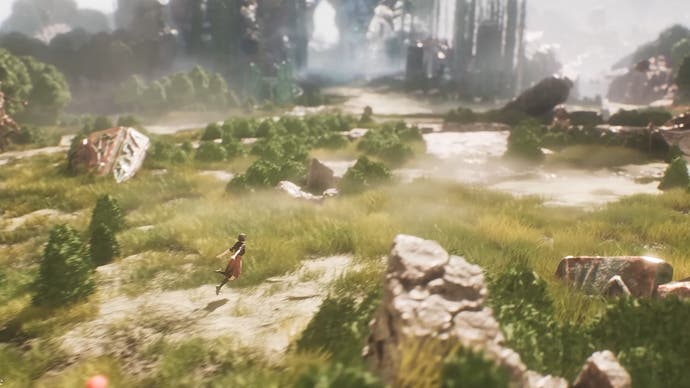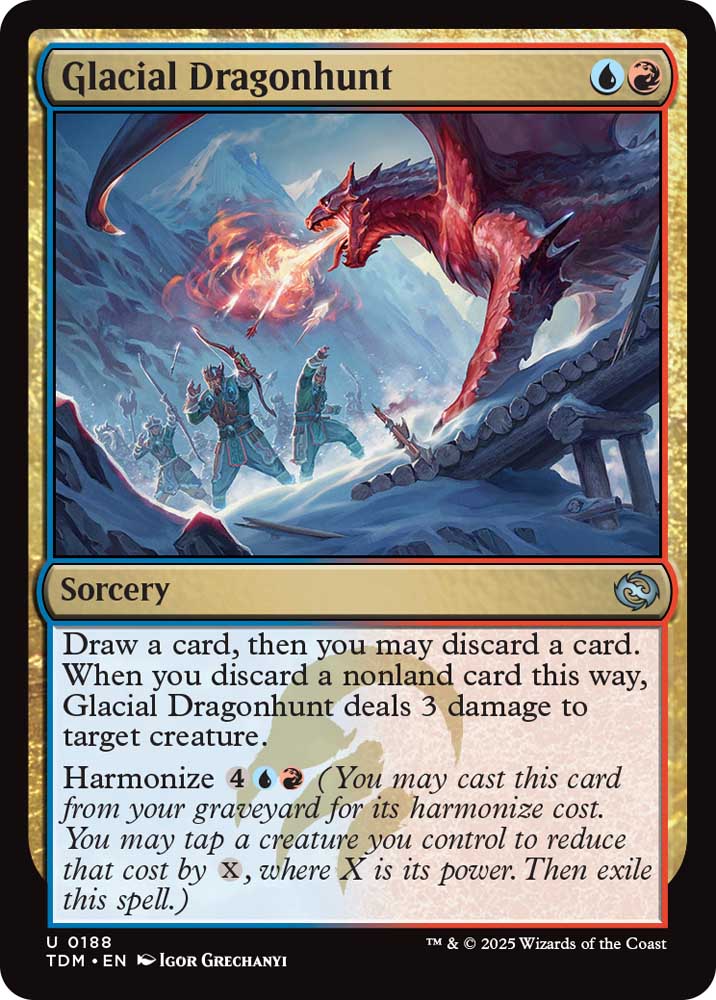By Lucy WilliamsonBBC News, Jerusalem1 hour agoImage caption, Pipes which carry water for Gaza’s 2.3m population have been damaged or destroyedResidents in the isolated north of Gaza have revealed to the BBC that children are going without food for extended periods, as aid convoys are increasingly being denied permits to enter. Some people have resorted to grinding animal feed into flour to survive, but even stocks of those grains are now running low, they claim. People have also reported resorting to digging into the ground to access water pipes for drinking and washing. The UN has cautioned that acute malnutrition among young children in the north has risen sharply and has exceeded the critical threshold of 15%. The UN’s humanitarian coordination agency, Ocha, has stated that over half the aid missions to the north of Gaza were denied access last month, and that there is growing interference from Israeli forces in the delivery and distribution of aid. It says that an estimated 300,000 people in northern areas are largely isolated from assistance, and are facing an increasing risk of famine. The Israeli military agency responsible for coordinating aid access in Gaza stated in a briefing last month that there was “no starvation in Gaza. Period.” The agency, Cogat, has consistently maintained that it does not limit the amount of humanitarian aid sent to Gaza. Mahmoud Shalabi, a local medical aid worker in Beit Lahia, shared that people had been grinding grains used for animal feed into flour, but that even that was now running out. “People are not finding it in the market,” he said. “It’s unavailable nowadays in the north of Gaza, and Gaza City.” He also mentioned that stocks of tinned food were disappearing. “What we had was actually from the six or seven days of truce [in November], and whatever aid was allowed into the north of Gaza has actually been consumed by now. What people are eating right now is basically rice, and only rice.” The World Food Programme (WFP) informed the BBC this week that four out of the last five aid convoys into the north had been stopped by Israeli forces, resulting in a two-week gap between deliveries to Gaza City. “We know there is a very serious risk of famine in Gaza if we don’t provide very significant volumes of food assistance on a regular basis,” said the WFP regional chief, Matt Hollingworth. The UN Office for the Coordination of Humanitarian Affairs (Ocha) highlighted a sharp increase in the number of aid missions denied access to northern Gaza, with 56% of deliveries denied access in January, up from 14% in October to December. It also stated that the Israeli military “at times required justifications” for quantities of fuel destined for health facilities, and “imposed reductions on the volume of assistance, such as the quantity of food”.A mother of four in Beit Lahia, Duha al-Khalidi, told the BBC two weeks ago that she walked six miles (9.5km) to her sister’s house in Gaza City in a desperate search for food after her children had not eaten for three days. “I don’t have any money, and even if I did, there’s nothing in the town’s main market,” she said. “[My sister] and her family are also suffering. She shared with me the last amount of pasta in her house.” A famine risk assessment, conducted by several UN agencies, estimated that almost a third of residents in northern areas could now be facing a “catastrophic” lack of food, although restrictions on accessing the area make real-time measurements very challenging. Families in northern areas are also struggling to find reliable water supplies. Video filmed in the Jabalia neighbourhood north of Gaza City shows residents sitting among the rubble of bombed-out streets, digging down into the earth to tap large underground water pipes. “We get water here once every 15 days,” Yusuf al-Ayoti said. “The water is dirty. Our children are inflamed and their teeth are eroded from the dirty water. There is sand in it, and it’s very salty.” After four months of war, the makeshift solutions for bridging the hunger gaps are wearing thin. And there are few ways to restock Gaza’s larder. The territory was reliant on food aid before the war; now much of its agricultural industry has been ruined or abandoned. New figures from the UN suggest that over half the agricultural land in the central region of Deir al-Balah has been damaged. This includes an olive press and farmland belonging to Bassem Younis Abu Zayed. “It looks like the aftermath of an earthquake,” he said. “The destruction is vast, covering neighbouring buildings and farm animals. Even if we manage to restore the mill, 80-90% of the olives have gone. It’s not just a loss for this year, it’s a loss for the next several years.” Further south, in the border town of Rafah, more than a million people displaced by the fighting elsewhere now vie for space with the town’s 300,000 residents. Israel’s army regularly publishes what it says is recent footage of busy markets and restaurants in Gaza’s southern centres. A majority of the 114 aid missions to southern areas of Gaza managed to get through last month, but residents and aid agencies argue that many people are still going hungry, and a public health crisis is looming with a lack of shelter, sanitation, and medical care. Aid can be blocked by fighting, bureaucracy, or rubble. Earlier this week, a food convoy waiting to head north in Gaza was hit by naval gunfire. But deliveries are also complicated by the growing desperation of Gaza’s people, says Matt Hollingworth. “We need the law and order issue resolved so that we’re not having to negotiate our way through crowds of desperately hungry people to get to other people that we’ve yet to reach,” he said. “It’s probably the level of helplessness that worries me. People have lost hope.” A deal between Israel and Hamas is seen by many as the only way to get more aid into Gaza and free Israeli hostages. As Israel bombards Rafah, ahead of a widely expected ground offensive there, leaders on both sides are under pressure to end the suffering of people trapped in Gaza – their enemy’s, and their own.
Gazans Struggling to Find Food as Aid Access is Limited













